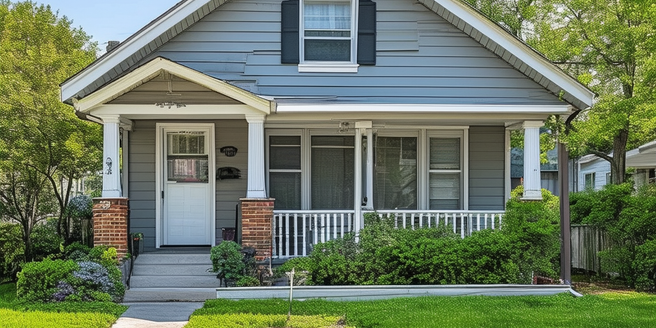What is Section 8 Housing?
Section 8 refers to the Section 8 Housing Program, also known as the Housing Choice Voucher Program. It’s a federal assistance program from the United States Department of Housing and Urban Development (HUD) to provide affordable housing to low-income families, the elderly, and the disabled. Beneficiaries are free to choose any housing that meets the requirements of the program, including single-family homes, townhouses, and apartments. Notably, the assistance provided does not restrict recipients to housing projects or certain neighborhoods, offering a greater range of choices. The objective of this program is not only to provide affordable housing, but also to improve the quality of life of its beneficiaries. The property owner receives subsidies from the government, allowing for reduced rental rates for Section 8 voucher holders.
The History and Purpose of Section 8
The Section 8 program was conceived under the Housing Act of 1937 as an answer to the housing crisis during the Great Depression. Its core objective was not just to provide housing assistance to low-income households, but also to integrate them into mainstream American society and combat concentrated poverty instances. The founders understood that superficial solutions would not adequately address the Great Depression’s widespread issues. Hence, they decided that significant impact would entail not only providing housing but also integrating these impoverished households into broader society. Over the years, the Section 8 program underwent various transformations, all emphasizing their commitment to providing the disadvantaged with escape routes from substandard living conditions. Its constant prime focus has been improving the disenfranchised individuals’ living conditions and providing opportunities for a better life. The program consistently aimed to decrease long-term poverty by encouraging residential stability and providing allocated resources to those desperately needing them. Thus, from its initiation to its current incarnation, Section 8 exemplified the potency of a strong housing policy in diminishing poverty and social inequality.
Eligibility Criteria for Section 8
The Section 8 housing program has several crucial criteria that applicants must meet. Primarily, applicants must be U.S citizens or possess an immigration status deemed acceptable to ensure the program benefits those with a legitimate right to receive aid under the United States’ legislative framework. Beyond citizenship status, an individual’s eligibility also depends on their overall household income, which must not exceed 50% of the median income for the county or metropolitan area of their residency to ensure assistance reaches the most financially disadvantaged. HUD, the U.S. Department of Housing and Urban Development, requires applicants to supply character references, demonstrating their potential as respectful tenants who can maintain a suitable living environment and abide by lease terms. Lastly, past records are reviewed to ensure potential beneficiaries are not a program or neighborhood liability, with scrutiny paid to criminal histories or past housing violations to ensure Section 8 program beneficiaries contribute positively to their residing communities and uphold ethical HUD standards, improving their chances of not only qualifying but also ensuring a smooth transition to a better quality of life.
How to Apply for Section 8 Housing
The process of applying for Section 8 housing largely unfolds at a local public housing agency (PHA) where an applicant’s financial status and family structure are thoroughly examined considering income level, assets, and family composition. It is crucial to remember that due to high demand exceeding the limited available housing, PHAs often have prolonged waiting lists, sometimes even necessitating temporary freezes. Given this intense demand, adopting a strategic approach by applying to multiple PHAs significantly heightens the likelihood of acceptance and speeds up the application process, providing options rather than waiting for a single PHA to revisit their application.
Understanding Your Rights and Obligations in Section 8
As a Section 8 tenant, you carry certain rights, including the right to live in decent, safe, and sanitary housing conditions. However, you also have certain obligations that must be met to continue enjoying these rights. This includes accurately complying with the terms of your lease agreement such as visitor regulations, noise levels and property alterations. Punctuality in rent payment is essential, as is maintaining your home in a safe, secure, and clean condition. Regularly ensuring house safety measures like smoke detectors and locks are functioning is crucial. Failure to meet these obligations can put your rental agreement and Section 8 benefits at risk. Balancing your rights with your obligations and fulfilling your lease agreement will safeguard your rights and maintain a harmonious relationship with your landlord.



